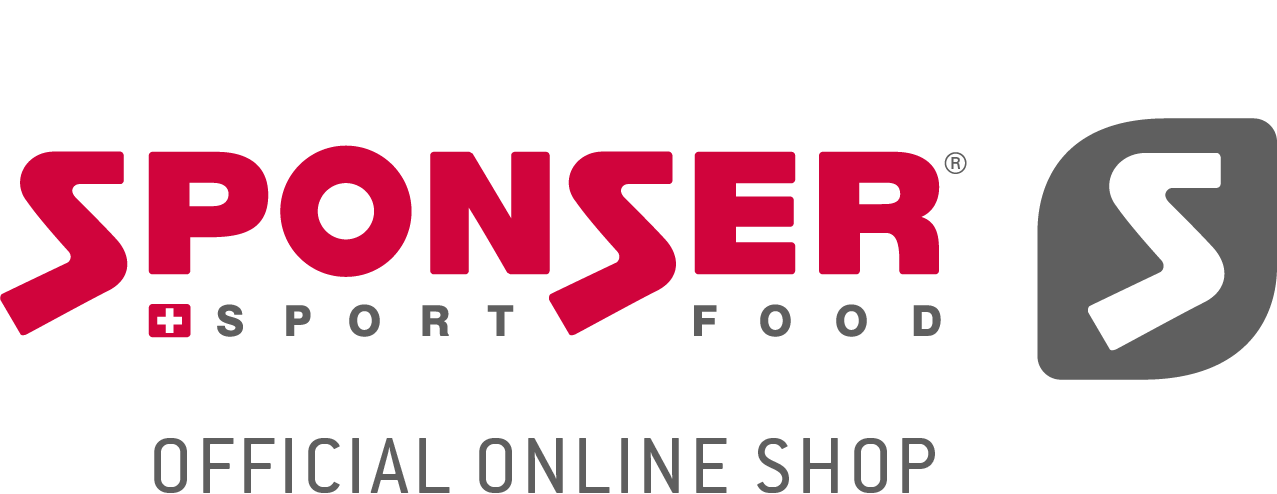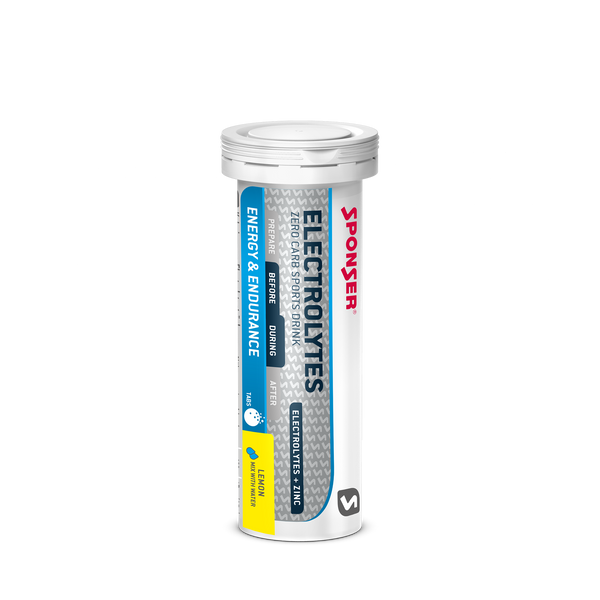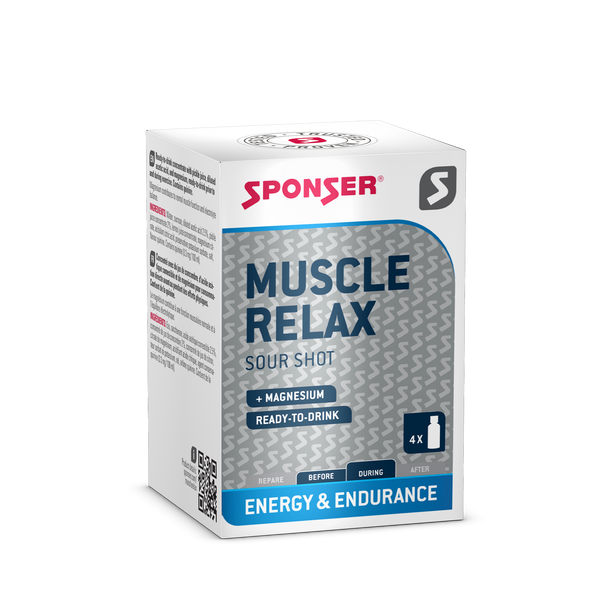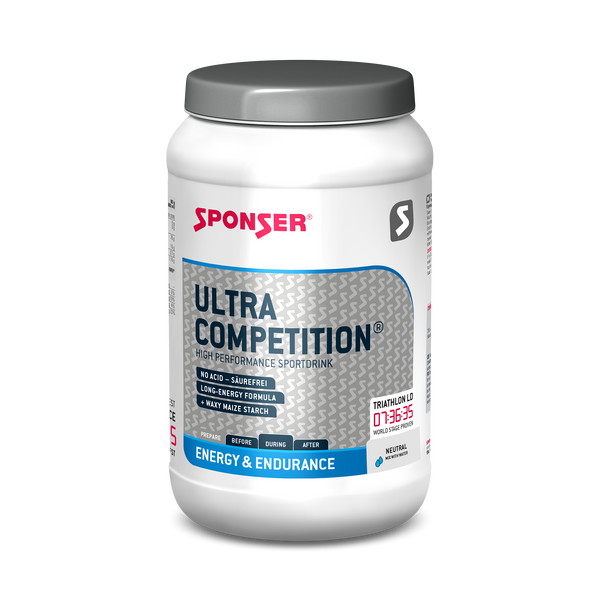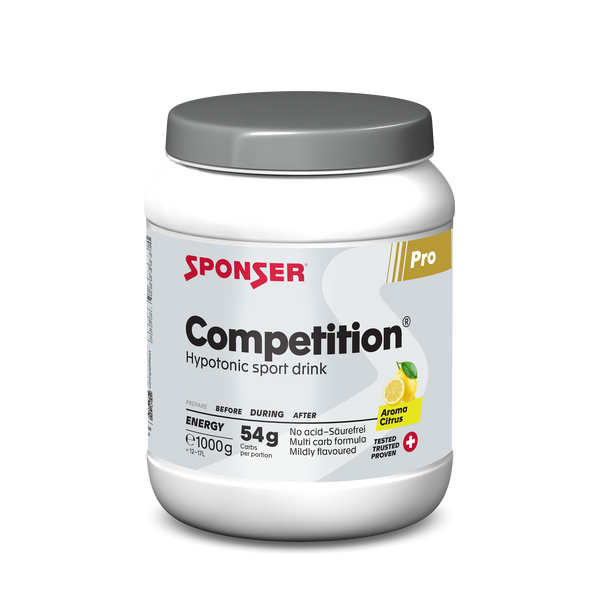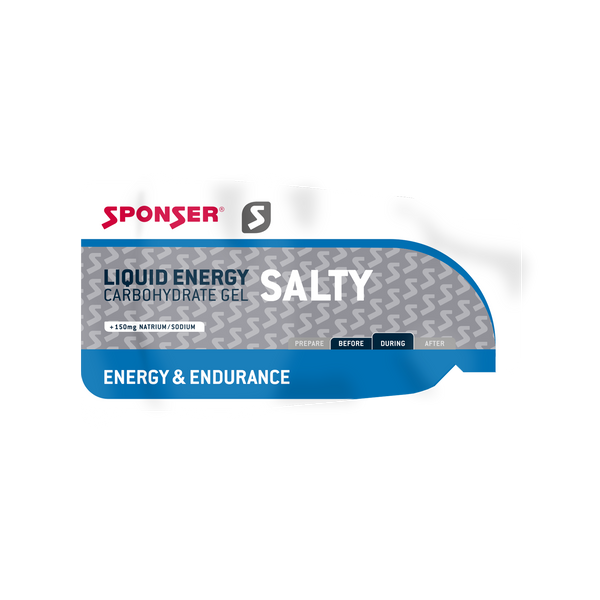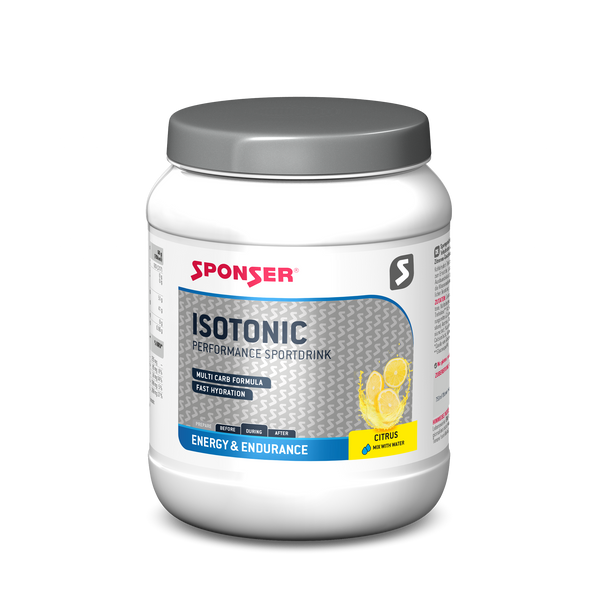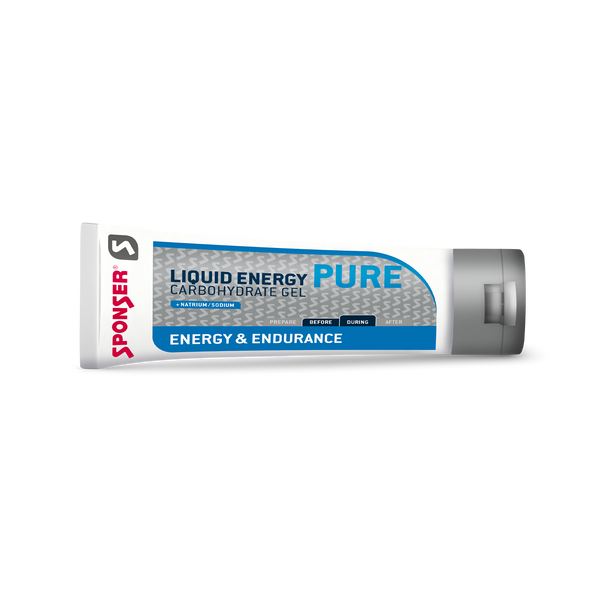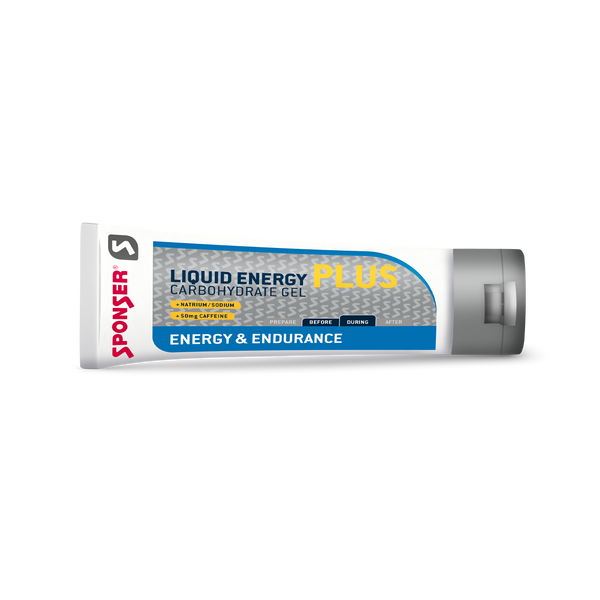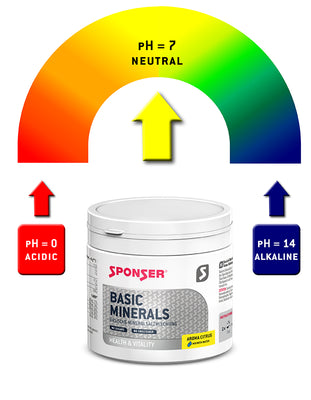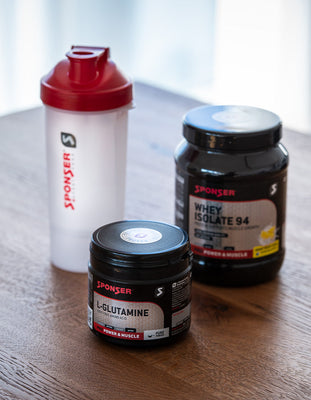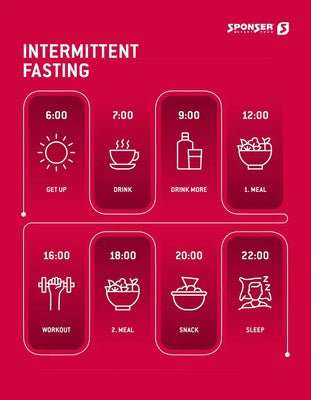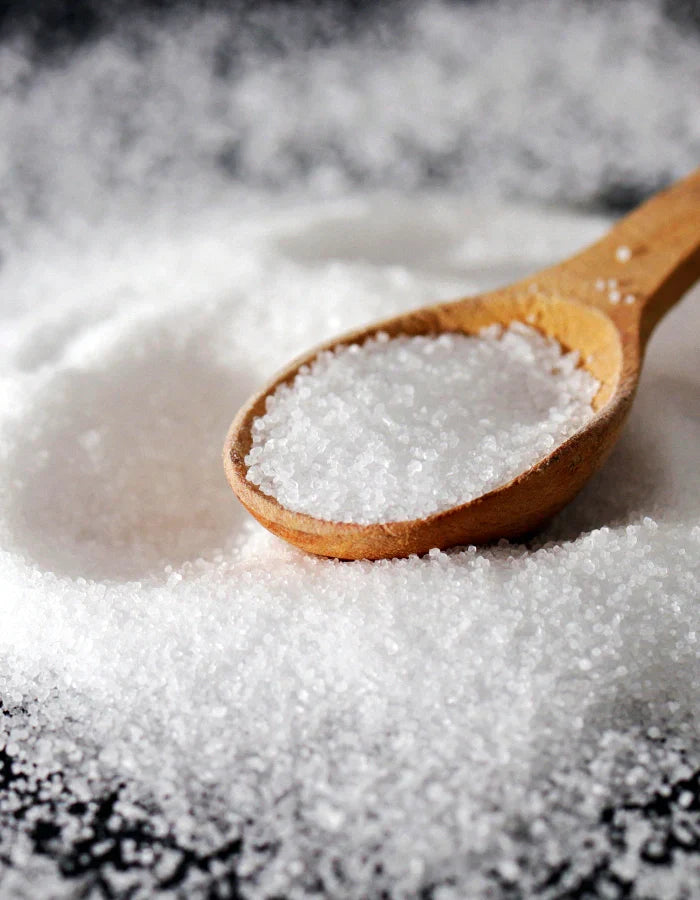
Photo credit: Marek/Pixabay
Nutritional labelling on food products
In the EU and Switzerland, the so-called «big 8 nutrients» must be labelled on the packaging of foods in a specific order: energy, fat (of which saturated fatty acids), carbohydrates (of which sugars), fibre, protein and salt. While instead of the term «salt» previously «sodium» was labelled, nowadays a salt has to be indicated, based on a hypothetical conversion from sodium to sodium chloride (table salt).
What is the difference between sodium, table salt and salt?
Many consumers are unaware of the relationship between sodium and table salt. Sodium (Na) is an alkali metal. It does not occur in its pure form in nature, but only in compounds. Sodium chloride (NaCl) is the chemical compound that we call table salt. It consists of sodium and chloride ions. Sodium chloride is widespread in nature and is found in large quantities in seawater and salt deposits (i.e. dried-up former seas). Salt in common language usually refers to sodium chloride and is known in the food industry as cooking salt, table salt or kitchen salt. In chemistry, salt refers to compounds consisting of positively charged ions (cations) and negatively charged ions (anions) that have an ionic bond.
Hypothetical salt content in basic food products?
As a consumer, you need to know that 1 gram of table salt corresponds to about 0.4 grams of sodium (and 0.6 g of chloride), or 1 gram of sodium corresponds to about 2.5 grams of table salt. This explains why staple foods such as oatmeal or wheat flour are suddenly labelled with a salt content, even though these foods contain no sodium chloride. The content is calculated by multiplying the natural sodium content by a factor of 2.5, resulting in a hypothetical salt content of about 0.05 g/100 g.
Warning against high salt consumption refers only to sodium chloride
This salt content is very low. But the point is that it does not contain any sodium chloride at all. This food law regulation becomes somewhat doubtful in view of the fact that the intake of salt is nutritionally quite different from the intake of sodium citrate, sodium bicarbonate or other sodium compounds. The warnings about negative health effects of high salt consumption are based solely on studies on the intake of sodium chloride, i.e. the excessive use of table salt and its uncritical use in cooking and in processed foods. In order to seriously discuss health concerns in this regard, it is therefore important to consider the form in which sodium is consumed. This is because the warning against excessive salt consumption only refers to sodium chloride, not to other sodium compounds such as for example sodium citrate or bicarbonate!
What do studies say about salt consumption, mortality and blood pressure?
Studies have shown that high salt consumption (i.e. in the form of sodium chloride) only has a negative effect on certain risk groups (elderly people, overweight people, genetically salt-sensitive people and those with existing high blood pressure). No significant effects were found in other population groups. One large study (1) even found increased overall mortality with very low salt intake. An intervention study showed that sodium bicarbonate can lower blood pressure, in contrast to sodium chloride (2).
To summarise: Health concerns are mainly limited to the excessive use of table salt and only affect certain risk groups (about 10% of the total population). For a proper consideration of the health evidence, it is crucial to consider the exact form of sodium intake.
SPONSER declares not only salt, but also sodium and other minerals
In sports nutrition, the sodium content is of primary importance to athletes. This is why SPONSER® also declares the sodium content and sometimes other relevant minerals in addition to the obligatory declaration of “salt”. Especially if the product is used during performance. This is the case, for example, with ELECTROLYTES effervescent tablets, COMPETITION®, ULTRA COMPETITION® and ISOTONIC sports drinks, our LIQUID ENERGY gels, MUSCLE RELAX, SALT CAPS etc., to name just a few.
Literature
1) Cohen HW et al. (2006): Sodium intake and mortality in the NHANES II follow-up study. Am J Med. 2006 Mar;119(3):275.
2) Tierney WM et al. (1990): Effect of hypertension and type II diabetes on renal function in an urban population. Am J Hypertens. 1990 Jan;3(1):69-75.
Author: Remo Jutzeler
Head R&D SPONSER SPORT FOOD
Ing. Applied Food Sciences UAS
MAS Nutrition & Health ETHZ
